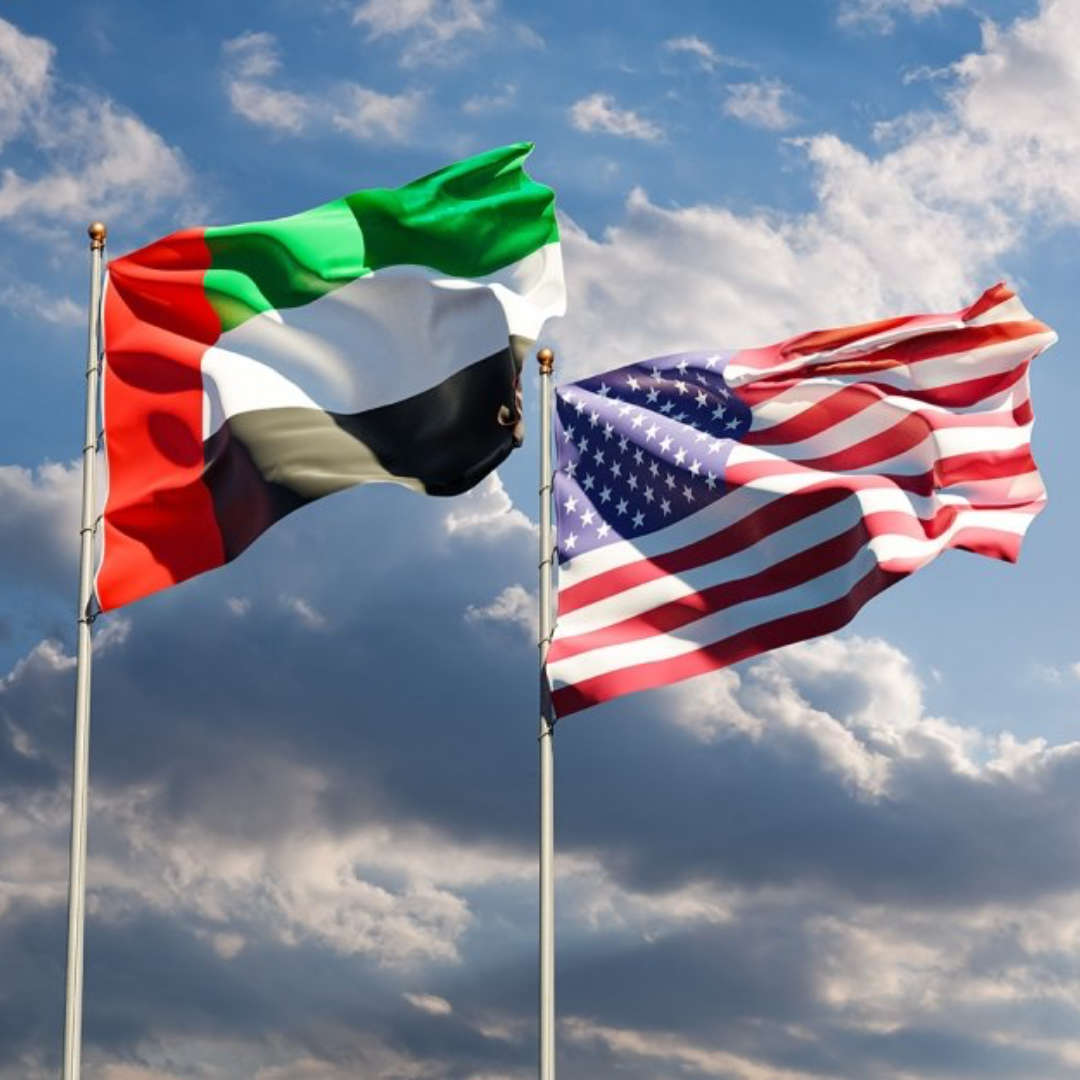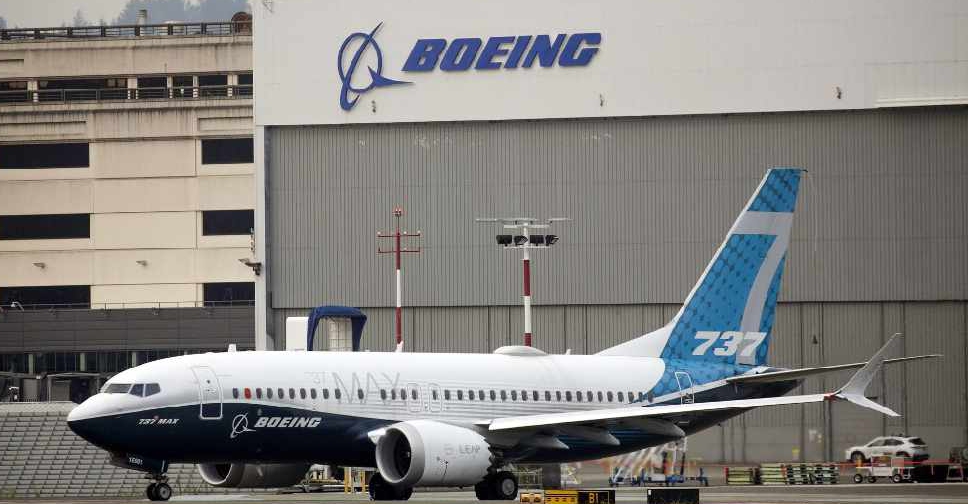
After nearly two years of scrutiny and a standoff with global regulators, Boeing won approval from US Federal Aviation Administration to fly its 737 MAX jet again after two fatal disasters.
The FAA detailed software upgrades and training changes Boeing must make in order for it to resume commercial flights after a 20-month grounding, the longest in commercial aviation history.
The 737 MAX crashes in Indonesia and Ethiopia killed 346 people within five months in 2018 and 2019 and triggered a hailstorm of investigations, frayed U.S. leadership in global aviation and cost Boeing some $20 billion.
The U.S. planemaker's best-selling jet will resume commercial service facing strong headwinds from a resurgent coronavirus pandemic, new European trade tariffs and mistrust of one of the most scrutinized brands in aviation.
The 737 MAX is a re-engined upgrade of a jet first introduced in the 1960s. Single-aisle jets like the MAX and rival Airbus A320neo are workhorses that dominate global fleets and provide a major source of industry profit.
American Airlines plans to relaunch the first commercial MAX flight since the grounding on December 29. Southwest Airlines, the world's largest MAX operator, does not plan to fly the aircraft until the second quarter of 2021.
"The FAA's directive is an important milestone," said Stan Deal, head of Boeing Commercial Airplanes. "We will continue to work with regulators around the world and our customers to return the airplane back into service worldwide."
Leading regulators in Europe, Brazil and China must issue their own approvals for their airlines after independent reviews, illustrating how the 737 MAX crashes upended a once U.S.-dominated airline safety system in which nations large and small for decades moved in lock-step with the FAA.
When it does fly, Boeing will be running a 24-hour war room to monitor all MAX flights for issues that could impact the jet's return, from stuck landing gear to health emergencies, three people familiar with the matter said.
Shares jumped 5.7 per cent to $221.95 premarket and were on track for their highest level since early June.
LONG RUNWAY AHEAD
FAA Administrator Steve Dickson signed an order lifting the flight ban early on Wednesday and the agency released an airworthiness directive detailing the required changes.
"We've done everything humanly possible to make sure" these types of crashes do not happen again, Dickson told Reuters, saying he felt "100% confident" in the plane's safety.
The FAA is requiring new pilot training and software upgrades to deal with a stall-prevention system called MCAS, which in both crashes repeatedly and powerfully shoved down the jet's nose as pilots struggled to regain control.
The FAA, which has faced accusations of being too close to Boeing in the past, said it would no longer allow Boeing to sign off on the airworthiness of some 450 737 MAXs built and parked during the flight ban. It plans in-person inspections that could take a year or more to complete, prolonging the jets' delivery.
Boeing meanwhile is scrambling to keep up maintenance and find new buyers for many of its mothballed 737 MAXs after receiving cancellations from their original buyers. Demand is further sapped by the coronavirus crisis.


 Australia passes social media ban for children under 16
Australia passes social media ban for children under 16
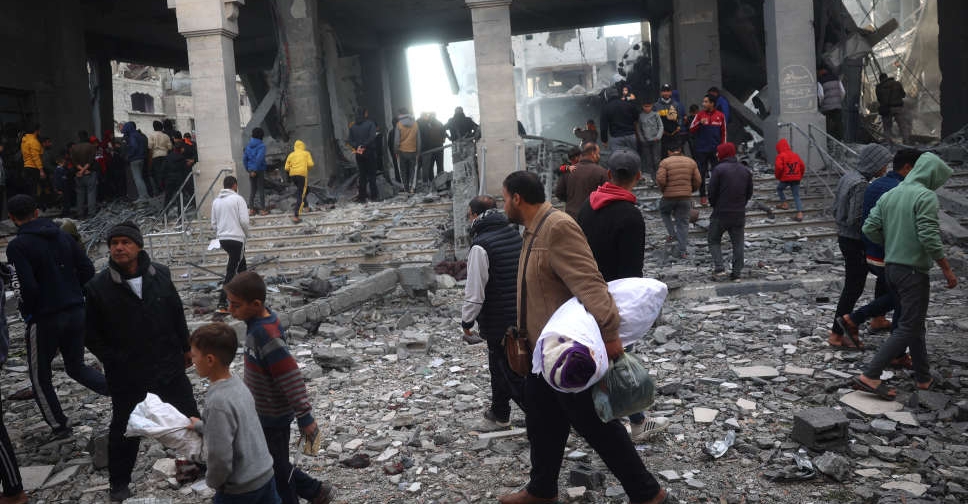 17 killed as Israel ups bombing in Gaza
17 killed as Israel ups bombing in Gaza
 Israeli tank fires on south Lebanon
Israeli tank fires on south Lebanon
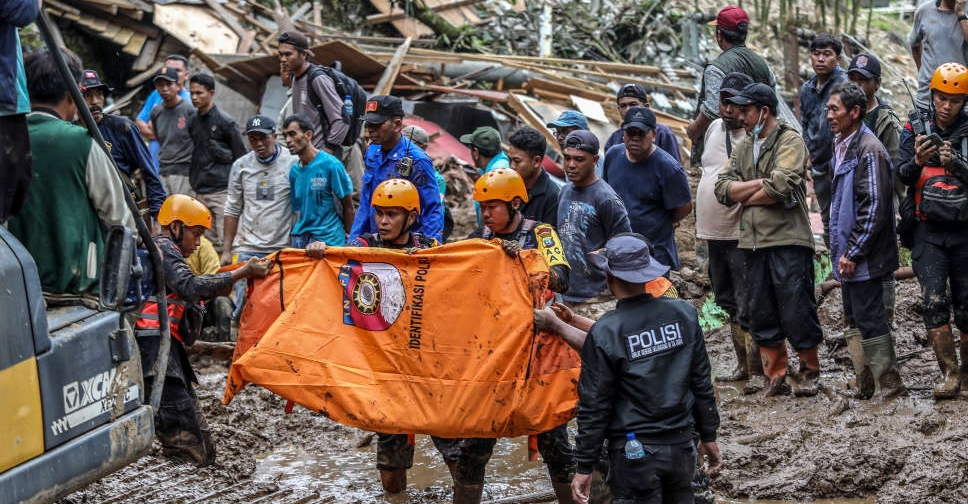 Landslides in Indonesia's Sumatra kill at least 27
Landslides in Indonesia's Sumatra kill at least 27
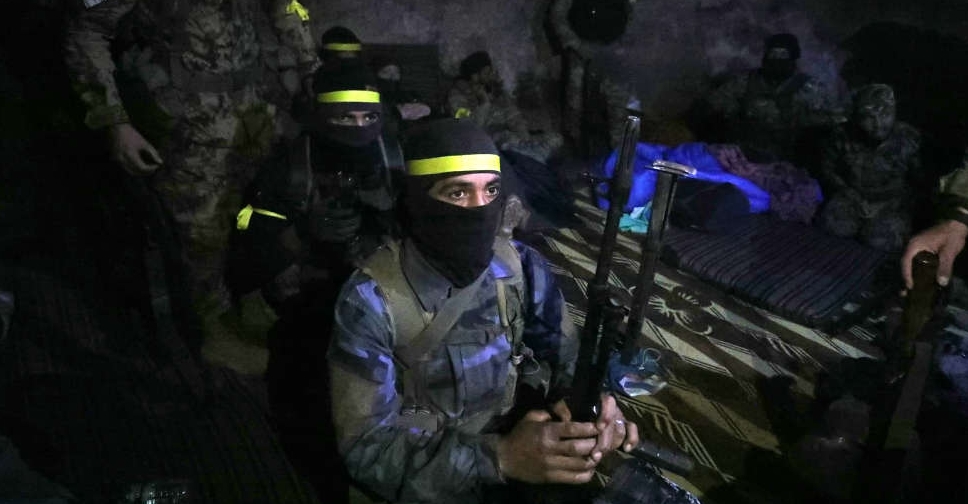 Syrian armed group makes first advance in years
Syrian armed group makes first advance in years


